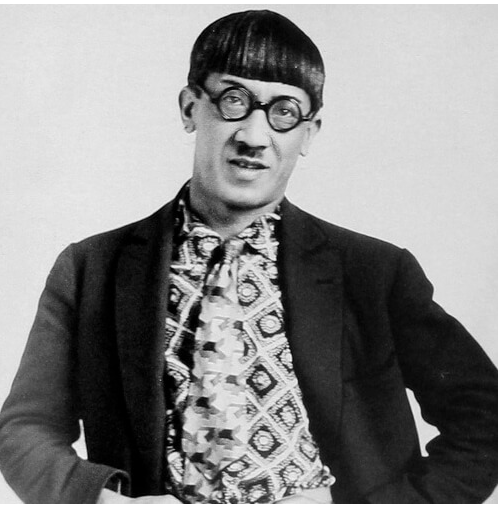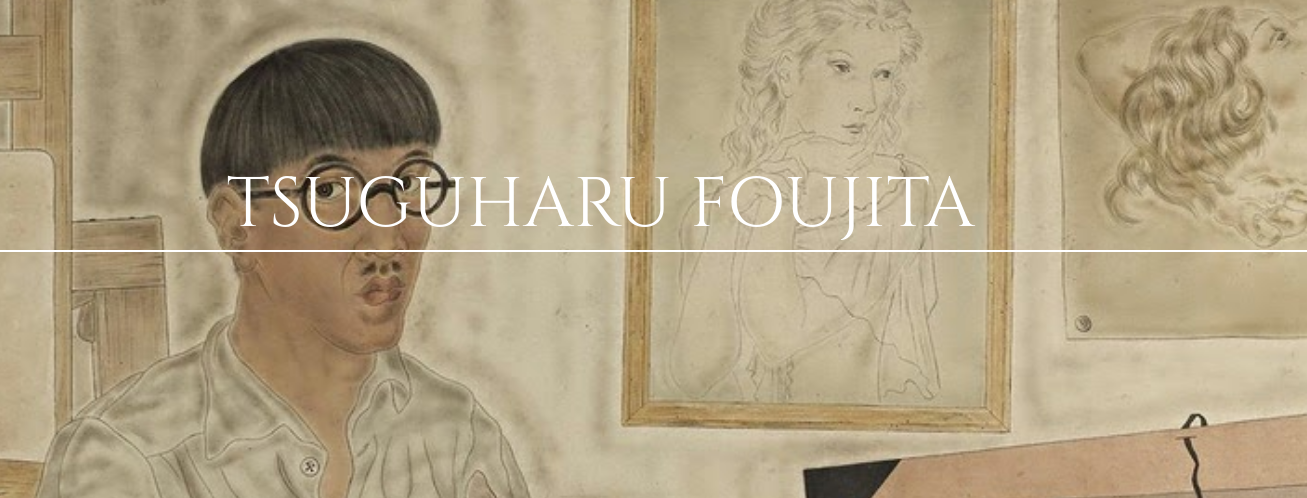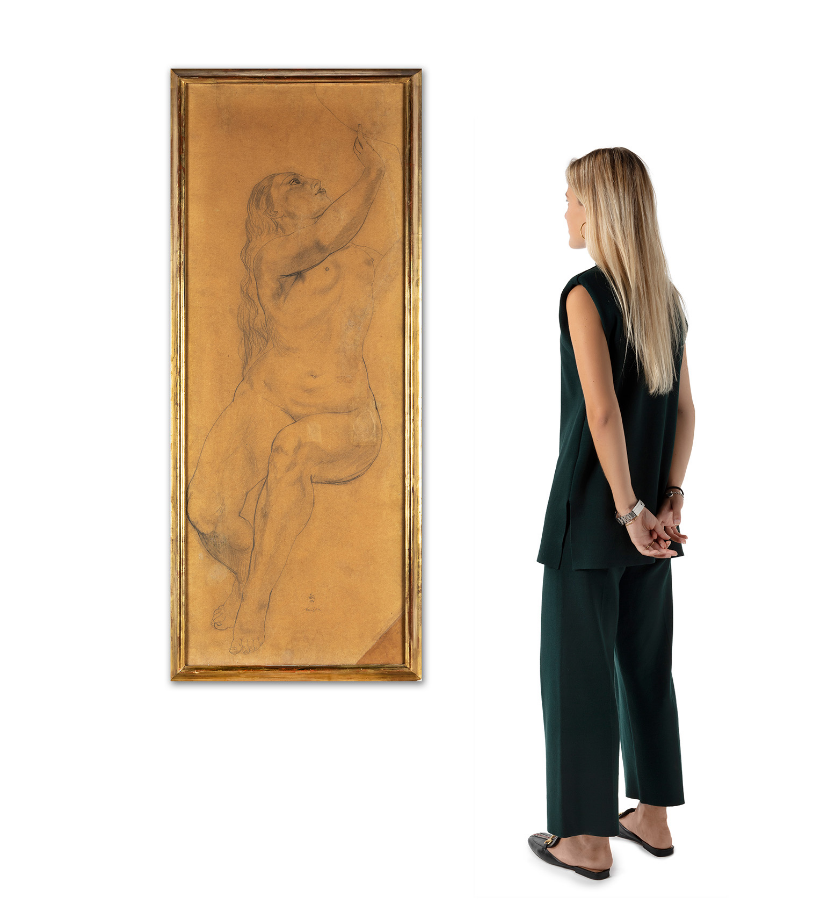Leonard Fouijta: a bridge between east and west

In the history of Japanese art, Leonard Foujita is undoubtedly one of the most prestigious international figures. Belonging to the so-called School of Paris, Foujita marked the art of the twentieth century with his ability to hybridize Western artistic modernity with Eastern tradition as no other Japanese artist had done so far. His style, of exquisite refinement and sensitivity, will be featured in the auction on the 27th, with an outstanding preparatory drawing of the splendid canvas “Amitié” belonging to the collection of the Pompidue Museum in Paris.
Subtle and delicate like few others, Foujita gave us more than 6000 female nudes in which the residue left by the great masters of the Renaissance, but also Ingres Manet or his compatriot Hokusai, converges. Coveted by collectors around the world, his female nudes reach astronomical figures like the one he achieved with the canvas in 2016 Nu au chat sold for more than 5 million dollars.
In 1913, after studying at the Imperial Academy of Fine Arts in Tokyo, Foujita moved to the city of Paris, where he quickly became one of the protagonists who, from the bohemian Montparnasse neighborhood, forged the transformations of modern art. . In fact, the day after his arrival, he was invited to meet Picasso in his studio. As a result of this meeting, a mutual admiration was born that the Malaga genius showed when acquiring several of the watercolors that Foujita presented in his first solo exhibition in 1918. The event was a resounding triumph, managing to sell the total of 110 works that were exhibited. His absolutely unique style fascinated the public and critics to the point of reaching a popularity comparable to that of Picasso or Modigliani. In a time of pure creative effervescence, Foujta brilliantly established himself as one of the most coveted portraitists by Parisian high society of the 1920s.
In his facet as a draftsman, the work we present clairvoyantly illustrates the essence of his art, as well as the fundamental role that preparatory drawings played in the development of his creative personality. In this case, we are faced with the preliminary work with which he later gave birth to one of the two figures that make up the canvas “Amitie” from 1924. In both, the special significance that the figure of the woman acquires from the 1920s is evident, whose ivory forms and skins will be one of the central axes of its production. It will be at this moment when Foujta starts his triumphal stage finding his own style that, despite being permeable to avant-garde influences, will maintain a formal appearance of classicist tints that refer us to the essence of European painting. This decade known as “the one with the white bottoms” coincides with the love affair that began with the young Lucie, who since then would also be her favorite model. In fact, the characteristic white of the carnations that we see in the female figures of this stage is due to the color of the skin of his beloved, whom he affectionately nicknamed “youki” (snow in Japanese).
Likewise, the work is especially revealing when it comes to understanding the creative process of an artist who, in the manner of the great classics, conceived his work under the meticulousness of preliminary study. In his conception of the female nude, whose presence in the history of Oriental art is practically nil, Foujita took as a reference the great masters of the Western canon, for whom since the Italian Renaissance its representation had been a fundamental pillar. In this sense, Foujita works his sketches in detail, rediscovering for us the purity of a drawing rooted in the themes and styles of the Western figurative tradition, under the delicacy and calligraphic precision of oriental techniques such as Tsukuri-e. Through it, the artist could trace almost from memory and freehand, each one of the elements of the composition, having studied and sketched them previously and separately on repeated occasions.
Undoubtedly, his is an artistic legacy that represents the encounter between tradition and modernity. Nobody like Foujita was able to unite two worlds like Japan and Paris, because probably, nobody was able to grow and evolve between two opposite cultures in such a harmonious and natural way as he did.



